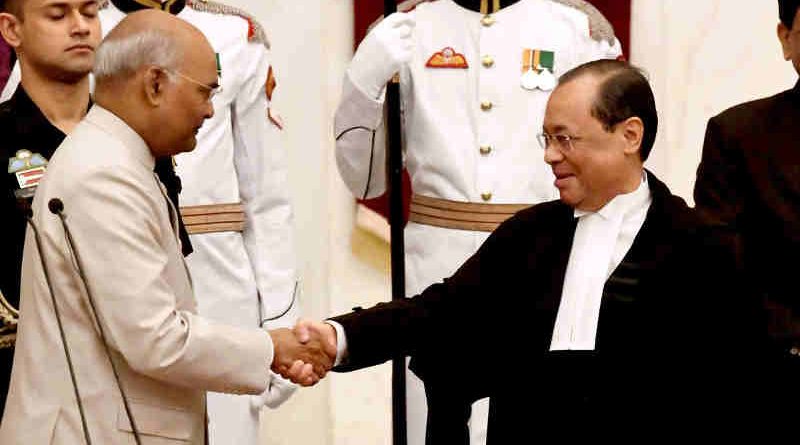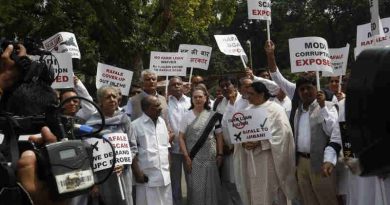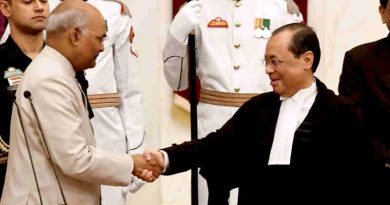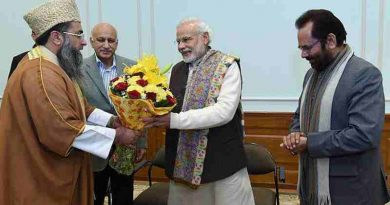How Chief Justice of India Failed to Give Justice to Woman Victim
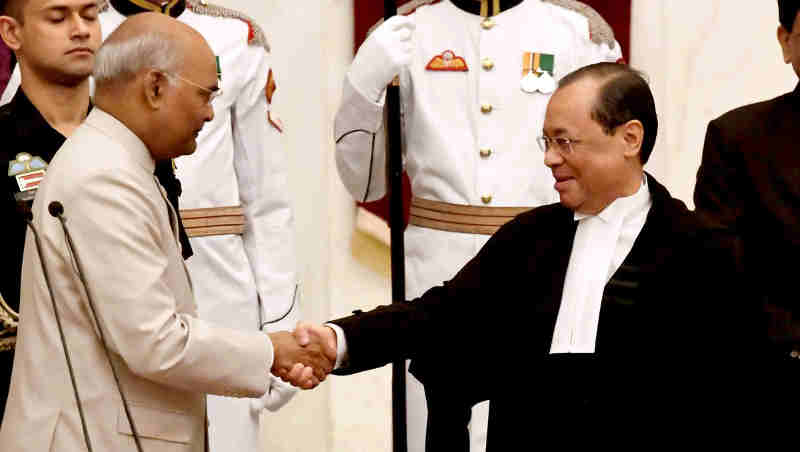
Most observers believe that the so-called inquiry was a biased exercise to protect the Chief Justice and the committee did not follow the law to protect women from sexual harassment at their place of work.
By Rakesh Raman
The chattering classes in India are up in arms about the decision of a Supreme Court committee that has exonerated the Chief Justice of India (CJI) Ranjan Gogoi who has been blamed of sexual harassment by a former woman employee of the court.
The Justice S.A. Bobde committee, which gave a clean chit to the CJI on May 6, had Justices Indu Malhotra and Indira Banerjee as its members. The committee took ex-parte decision after the scared complainant withdrew from its proceedings on April 30.
Meanwhile, India’s Attorney General (AG), K.K. Venugopal, said on May 10 that he had written to the Supreme Court judges about the constitution of an independent committee composed of retired judges. But his advice was ignored and an internal probe panel was formed.
[ Letter: Do Not Probe Chief Justice Gogoi Case in a Biased Manner ]
As the internal committee was determined to protect Gogoi, it did not allow the woman complainant to appear with her lawyer or a support person. The woman also had requested the inquiry committee to inform her about the procedure it will follow with the request that the proceedings be video-recorded.
But she complained that the probe panel held the hearing in an informal manner and asked her not to share the proceedings with her lawyer Vrinda Grover. As expected, the committee rejected her allegations against Gogoi and refused to share the report of its findings with her.
[ Lawyer to Chief Justice Gogoi: You Abused the Chair You Hold ]
Most observers believe that the so-called inquiry was a biased exercise to protect the Chief Justice and the committee did not follow the Sexual Harassment of Women at Workplace (Prevention, Prohibition and Redressal) Act, 2013, which is a legislative Act in India to protect women from sexual harassment at their place of work.
The former woman employee of the Supreme Court had leveled serious allegations of sextortion against Gogoi. In an affidavit that she sent to 22 judges of the court on April 19, 2019, the woman claimed that she is a victim of sexual harassment committed by Gogoi who made inappropriate advances toward her during October last year.
After holding an initial eyewash hearing to discuss his own case on April 20, Gogoi argued baselessly that the judiciary is being made a scapegoat and tried to brush the case under the carpet. Also, the Supreme Court Secretary General S S Kalgaonkar had rejected the woman’s allegations without waiting for the inquiry committee’s decision.
By Rakesh Raman, who is a national award-winning journalist and social activist. He is the founder of a humanitarian organization RMN Foundation which is working in diverse areas to help the disadvantaged and distressed people in the society. He also creates and publishes a number of digital publications on different subjects.

